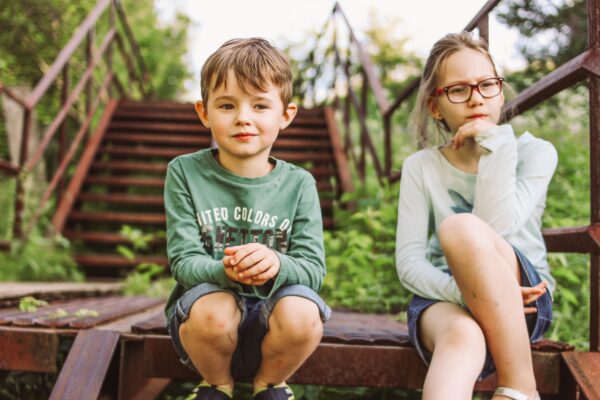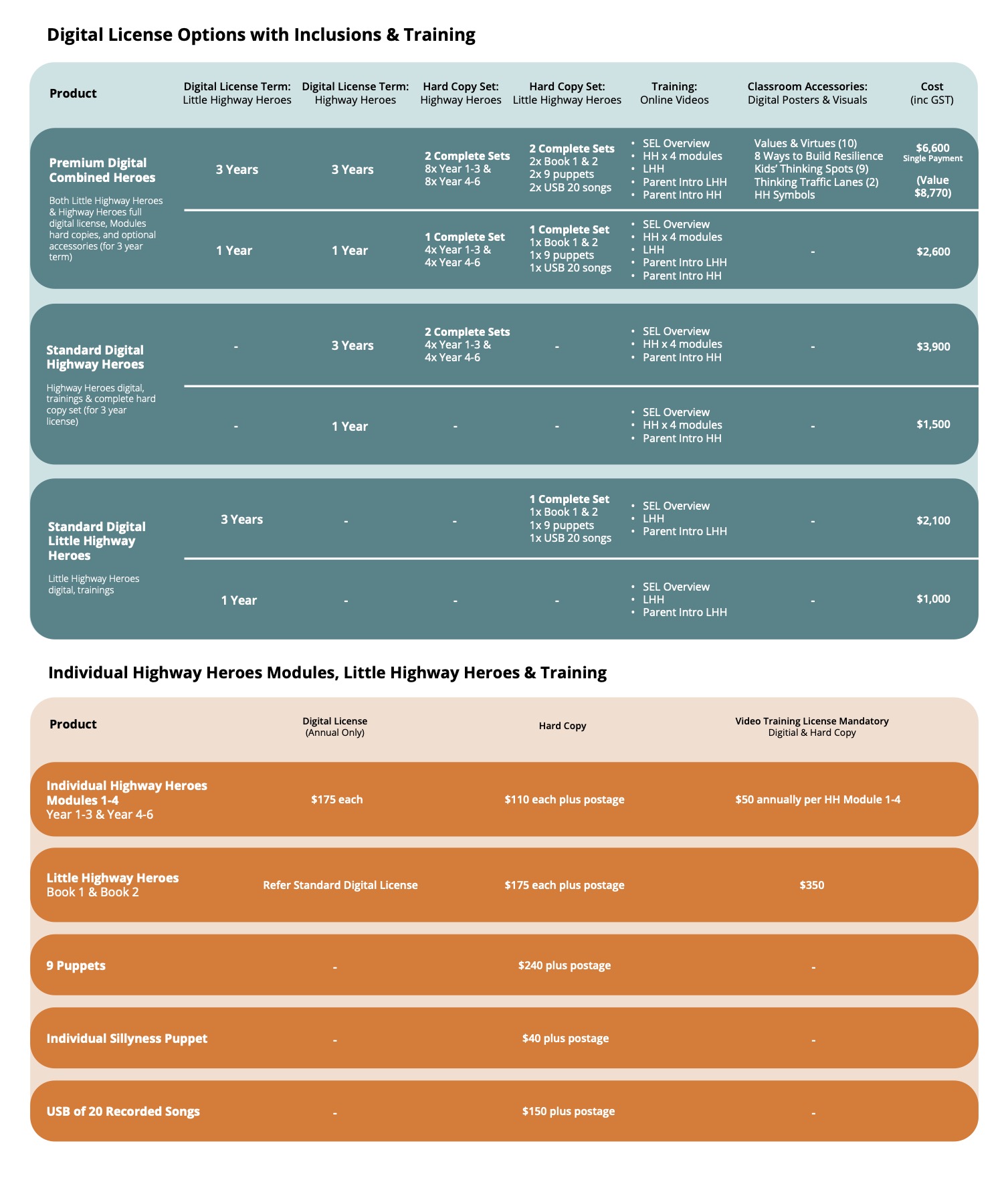Being friendly is something we’re all capable of – we all enjoy being friendly and having ‘friendliness directed towards us. Connection from friendly outreach is one our very basic human needs, but underlying what seems like a natural skill, there are some key factors that drive success. Let’s take a look.
Temperament
Obviously, this is a significant factor when it comes to how we show up in the world. While some of us are more prone to having an easy temperament – flexible, adaptable and accepting, others might take a while to get there and be slow to warm. And then there are the more difficult temperaments who anticipate barriers and blockers to success ahead of time, who resist, don’t cope with change and often create tension through their behaviour.
When we take temperament into the friendship arena, it’s easy to see how an easy temperament is going to have an easier time getting into interactions, and showing warmth and connection.
Shyness is something that’s often included as a temperament factor – and it is. Some children are more socially reserved and are slower to warm as they carefully assess the situation before leaping in. There’s good news about this – and bad news too. The good news: being shy isn’t a barrier to forming friendships if the child prone to feeling a little tentative is supported by an understanding adult (see environment below). Lots of warming up before engaging helps. Being allowed to take a moment before being pushed out into play is important. Fewer and stronger connections are often better than having to engage with bigger groups. The bad news: it can be very trying on parental patience, and the child who simply won’t engage is at risk of missing out on developing their social skillset. Managing that is a topic for another blog.
Knowing the temperament of your child (or student) gives you an insight into how to help them establish good friendships.
Experiences
Early friendship experiences form a template for lots of relationships – now and into the future. Friendships are telling us all about how we want – and deserve – to be treated. The child who experiences an early friendship betrayal or even relational aggression within a friendship can be tentative the next time it comes to trusting a friend and showing their friendliness.
It’s often difficult to show friendliness if you’re wary about what might happen as a result, so helping the child who has a dented template is essential right from the start so that they can re-gain their confidence to keep developing their social skills and competence.
Environment
The ‘environment’ is what wraps around the child as they start to lay down their friendliness skills. We’re part of that environment – the adults who guide and shape a child’s social and emotional learning journey. The way we show warmth, join in, and include others is a vital part of informing our child’s understanding of these skills.
Regardless of temperament or experiences, the key success factor in developing friendliness skills is having a trusted adult who is able to calmly and competently model skills, and to support a child who needs a bit more time and energy to develop their own skillset.
Key friendliness skills to practise
There’s a friendliness formula that can be applied in most situations that helps whether you’re an adult or child stepping into any social arena. Think about the warmest, friendliest person you know. What is it that they do that’s magnetic and attracts people into a friendly interaction? There’s a huge benefit in knowing how to gain social inclusion and to have practised the key skills with a trusted adult long before they’re needed. In our ‘Friends, fitting in & all that stuff’ Kids’ and Parents’ Guides we take a deep dive into the practicalities, but let’s map them out here briefly.
Smile and offer a greeting to open the interaction
That little friendliness beacon in plain sight right under your nose is massively important to signalling friendliness. It’s immediately socially attractive to others – and it’s contagious. It’s hard not to smile back at someone showing warmth and connection.
Say something genuinely nice and affirming of the other
Noticing something – physical or attitudinal – about someone else shows interest in them. From great earrings to knocking it out of the park in a spelling test, helping children to see positives in others and to say them out loud is a great skill for life. Back in the day we’d call it a warm fuzzy.
Invite connection by creating a common context
Fan of the same sport’s club or hobby, read the same book, wearing the same shoes? All snappy ways to get someone talking and creating a ‘something in common’ moment.
Show confidence and interest
Words are powerful, but we’re all proficient readers of body language too. Good eye contact and a confident body posture quietly, subconsciously signals to someone that you’re a happy, friendly person. It’s good to practise this skill explicitly by getting your child to ‘read’ your body shape and eye contact and showing confidence and no confidence in the mix.
Practise makes progress
Whether it’s public speaking, having a hard conversation with your boss or moving into a novel social situation, having a bit of practise before the main event is so very helpful and reassuring. We recommend that every child has the opportunity to learn social, emotional and learning-to-learn skills just like any other skills that are taught. We wouldn’t just put a child onto a basketball court to play in a big match without practising key skills first because practising gets skills into the muscle.
Friendliness skills are no different. Getting them out and brushing them off regularly helps every child to feel more socially confident, competent and capable and embeds them in the psychological muscle. Yes, we are talking about role play – a big ‘uggh’ for lots of adults and lots of fun for most kids. Once you get into the swing of it, it’s fun to do and, of course, practising life skills goes well beyond friendliness. That’s just one of 33 TOOLS (skills) we teach in Highway Heroes and you can find lots more helpful hints in our awesome, award-winning little Guides that are full of practical tips and tricks.


